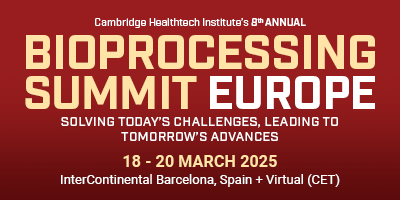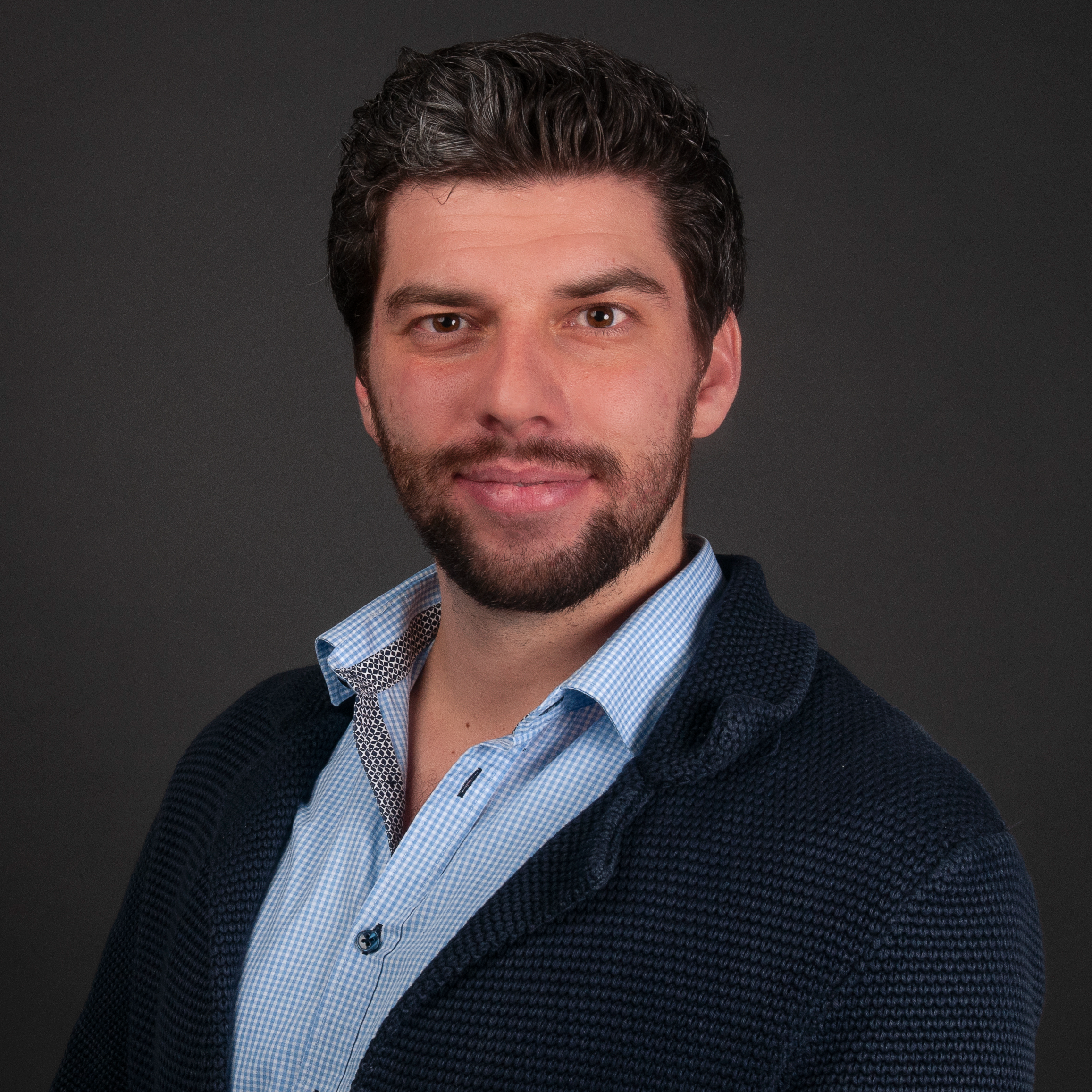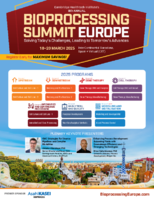Cambridge Healthtech Instituteの第7回年次
Cell Therapy CMC and Manufacturing
細胞治療のCMCと製造
Optimise CMC, Analytical and Manufacturing Strategies to Achieve Commercial Success
CMC・分析法・製造戦略の最適化で商業的成功を達成
2025年3月18日 - 19日 CET(中央ヨーロッパ標準時)
3月18日(火)
07:00Registration and Morning Coffee
CMC & EMERGING ANALYTICAL METHODS
CMCと新興の分析法
08:30Presentation to be Announced
Potency Assays and Functional Characterisation-Going Hand-in-Hand during Product Development up to Commercial Licensing
 Therese Choquette, PhD, Head of Analytical and Translational Sciences, Tigen
Therese Choquette, PhD, Head of Analytical and Translational Sciences, Tigen
The potency assay is a highly critical assay for cell and gene therapy products, and per the draft guidelines from FDA (2023), it is recommended to be included among the release tests already in Phase I clinical studies. The requirement of the potency assay is that it needs to reflect the main mechanism of action/s of the product which may not be fully known at an early development stage, and it should support potency assurance of the product. Using cellular function characterisation assays during the different phases of clinical development provides critical insights which help to establish the most relevant and appropriate potency assay for the specific product.
 Changing the Way of Process Development by Leveraging Hybrid Modelling
Changing the Way of Process Development by Leveraging Hybrid ModellingIn bioprocessing, integrating advanced modelling is crucial for improved control and predictability. This presentation highlights a shift in bioprocess development using hybrid modelling, which merges mechanistic and data-driven methods to enhance process understanding and prediction. With DataHow AG's hybrid models, we examine the impact of process parameters on bioprocess profiles, optimizing cell culture, especially cardiomyocyte production. The BioNsight cloud and DataHowLab ecosystems support this, offering robust remote data analysis and process control. Discover hybrid modelling's transformative potential in advancing biotechnology.
 Overcoming Bottlenecks: Using an Automated Clone Screening System for Minipool Screening and Clone selection in a mAb Workflow
Overcoming Bottlenecks: Using an Automated Clone Screening System for Minipool Screening and Clone selection in a mAb Workflow
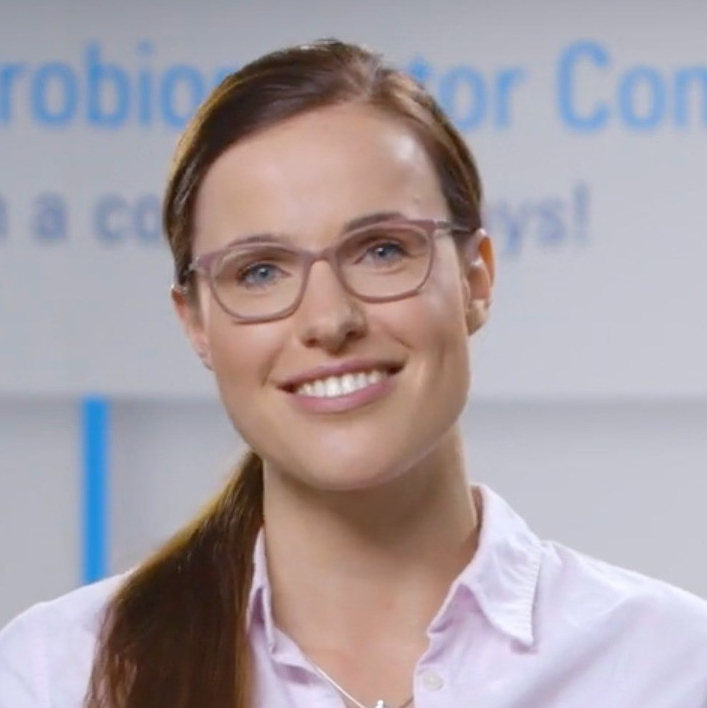 Anna Kress, Manager, Applications Science, Beckman Coulter GmbH
Anna Kress, Manager, Applications Science, Beckman Coulter GmbH
Cell line development (CLD) is a critical process in biopharmaceutical production, requiring extensive screening and characterization of cell clones. While traditional clone screening methods are labor-intensive and time-consuming, the Cydem VT Automated Clone Screening System provides comprehensive, automated fed-batch assay capabilities, with applications in multiple areas of the CLD process, from minipool screening to top clone selection. This study presents a 14-day fed-batch single-cell clone screening and a 7-day minipool screening assessment. In these experiments, the system automatically performed critical analysis of the samples such as cell viability and density measurement, titer quantification and compilation of data into a single report, allowing for easier top clone selection.
10:00Grand Opening Coffee Break in the Exhibit Hall with Poster Viewing
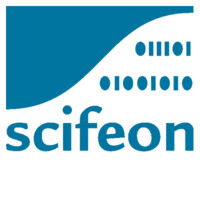
Developing a Potency Assurance Strategy for a Complex Multimodal Cell Therapy
 Nora Clarke, PhD, Analytical Development Scientist, Resolution Therapeutics
Nora Clarke, PhD, Analytical Development Scientist, Resolution Therapeutics
Developing potency assays and demonstrating that they measure appropriate biological activities has long been a significant challenge, particularly with the evolving regulatory landscape. But what if you are developing a pioneering new therapy with a multimodal mechanism-of-action? This presentation will showcase the challenges of developing a potency assay matrix for an engineered macrophage therapy and will consider how these assays support future commercial manufacturing strategies.
The Case for Process Characterisation to Drive Quality in Cell Therapy Process Development
.tmb-0.jpg) Jahid Hasan, PhD, Lead, Technical, Cell and Gene Therapy Catapult
Jahid Hasan, PhD, Lead, Technical, Cell and Gene Therapy Catapult
Cell therapy process development is costly and time-consuming. Implementation of quality-by-design principles can provide a structured approach; however, this can be hampered by a lack of relevant analytics. Characterisation of starting material, processes, and products is often limited to existing methods and can overlook critical measurements. Here we present a case study for allogeneic cell therapy that demonstrates the power of in-depth characterisation to drive decision-making.
KEYNOTE PRESENTATION: Leveraging Cell and Gene Therapy Products' Quality Through a Bioanalytics Avenue
The development and use in clinics of advanced therapy medicinal products (ATMPs) is growing at a fast pace, requiring efficient and orthogonal bioanalytics tools for comprehensive molecular characterisation. At iBET we have been developing advanced analytics for ATMPs with increased resolution, sensitivity, and throughput-key features to cope with the challenging requirements of the regulatory agencies. A thorough characterisation of these products’ quality attributes will streamline bioprocess understanding and product design. We will discuss recent contributions to the field, namely, how the definition of a cell's (or virus's) mechanism-of-action can provide useful insights for potency assay development.
12:15Sponsored Presentation (Opportunity Available)
12:45Networking Lunch in the Exhibit Hall with Poster Viewing
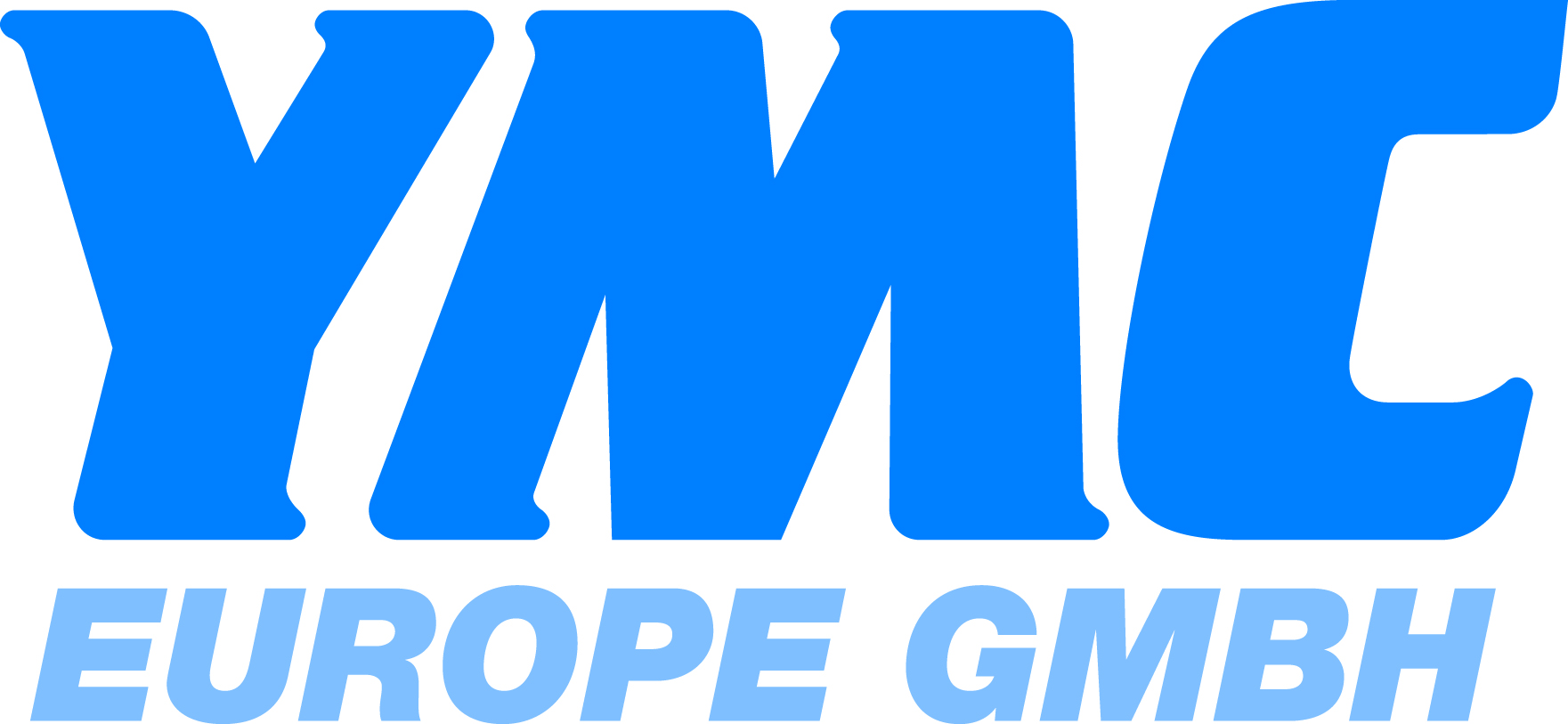
REGULATORY STRATEGIES
規制戦略
New Developments in Regulatory Requirements for Cell Therapies
 Anthony Lodge, PhD, Senior Director, Regulatory Affairs CMC, Autolus
Anthony Lodge, PhD, Senior Director, Regulatory Affairs CMC, Autolus
Cell therapies are reaching late clinical phase and commercial-stage in high numbers, and the regulatory vacuum is being filled rapidly by agencies and pharmacopoeias with new guidelines and expectations. This presentation gives an overview of new global regulatory trends in the manufacturing and control space for cell therapies, and provides a high-level blueprint for developing such therapies, avoiding common pitfalls and enhancing compliance.
Regulatory Considerations for the Manufacturing of iPSC-Based Cell Therapies
 Christiane Niederlaender, PhD, Vice President, Technical CMC, Parexel
Christiane Niederlaender, PhD, Vice President, Technical CMC, Parexel
Development of iPSC-based therapies has been hampered by the challenge of navigating the complex regulatory pathway for these products. The presentation discusses how a robust manufacturing process with appropriate quality controls can be implemented to meet regulatory expectations at different stages. Regulatory requirements for donor tissue sourcing, quality control, and sequential banking approaches, as well as key aspects of product and process characterisation are addressed.
Regulatory Strategies and Quality Control
 Sharon Longhurst, PhD, Director, Advanced Biologics Consulting
Sharon Longhurst, PhD, Director, Advanced Biologics Consulting
This presentation will cover the following topics: Characterisation vs. release assays (qualification vs validation), for information vs. release assays; when to use FIO and why, specification evolution during clinical development through to MAA and lastly, the need for adaptably of the quality parameters tested for release, as a function of the type of product under development and regulatory consideration.
 Regulatory Acceptance of NGS for Viral Safety in Cell Therapy Manufacturing
Regulatory Acceptance of NGS for Viral Safety in Cell Therapy Manufacturing
 Amina Cherif Louazani, Viral Safety Manager, Pharmacy, PathoQuest
Amina Cherif Louazani, Viral Safety Manager, Pharmacy, PathoQuest
Next-Generation Sequencing (NGS) is a powerful tool for viral safety testing in cell therapy manufacturing, offering high sensitivity and broad-spectrum detection. As regulatory guidelines increasingly recognize NGS as an alternative to traditional methods, understanding its validation and implementation is essential. This presentation will explore the current regulatory landscape, key considerations for the validation of a GMP-compliant NGS assay, and how the iDTECT® Transcriptome NGS assay meets regulatory expectations to ensure robust viral safety in cell-based therapies.
15:50Refreshment Break in the Exhibit Hall with Poster Viewing

ADVANCED MANUFACTURING PROCESSES
先端の製造プロセス
Manufacturing Innovations of TCR T Cells Translate to Durable Responses in Solid Tumors
 Ali Mohamed, PhD, Senior Vice President, CMC, Immatics
Ali Mohamed, PhD, Senior Vice President, CMC, Immatics
Immatics’ TCR T based product candidates targeting PRAME are being evaluated for various solid tumors. The manufacturing process of these products has been developed at Immatics and has undergone multiple iterations for the purpose improving the TCR+ T cell quality and quantity. Manufacturing innovations including T cell enrichment led to improved product characteristics, manufacturing success rates, and reaching higher doses that may required to combat solid tumors. These favorable TCR-T product characteristics and high TCR-T levels in patients led to durable clinical responses in solid tumour indications in heavily pretreated patients. Immatics has aligned with FDA on patient population, trial design, CMC targeting registration-enabling Phase 3 trial in melanoma.
Your Way to Success: Navigating Comparability in Drug Development
 Jacob Staudhammer, Principal, Dark Horse Consulting Group
Jacob Staudhammer, Principal, Dark Horse Consulting Group
Industry must juggle business and scientific risks to thread the needle of successful C> drug product development. Key to this success is knowing why, when, and how to perform formal drug product comparability studies-and why, when, and how not to. This talk will provide road-tested and actionable feedback to guide sponsors when asking key questions related to navigating drug product comparability throughout the development lifecycle.
17:50Welcome Reception in the Exhibit Hall with Poster Viewing
18:50Close of Day
3月19日(水)
08:00Registration and Morning Coffee
ADVANCED MANUFACTURING PROCESSES
先端の製造プロセス
Manufacturing Case Study from Legend Biotech
 Sarah Snykers, PhD, Director of Operations, Legend Biotech
Sarah Snykers, PhD, Director of Operations, Legend Biotech
Legend BioTech will present their real-life experience, expanding their CAR-T production footprint world-wide in partnership with Johnson & Johnson. Topics to be presented include, construction of brown and green field GMP production facility, preclinical stage/start-up mentality, including GMP accreditation license, clinical phase with staggered ramp up and commercial phase with ramp up to steady state.
Optimised Manufacturing of Autologous HSC Gene Therapies
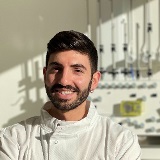 Vassilis Paraskevas, Senior Scientist, Cell Process Development, Technical Operations & Global Technical Development, Orchard Therapeutics
Vassilis Paraskevas, Senior Scientist, Cell Process Development, Technical Operations & Global Technical Development, Orchard Therapeutics
Haematopoietic Stem Cell Gene Therapies are being developed to address a range of severe genetic diseases. However, manufacturing challenges have the potential to limit the applications of these therapies to a broader number of diseases. Here we present development on closing and automating the manufacturing process using state-of-the art equipment. Encouraging results were obtained, significantly reducing hands-on and overall processing time, and with comparable or improved product attributes.
The Impact of the NC-202 Cell Counter Implementation in Manufacturing Area on the Development of a New Automatic Thawing Device for a Cell Therapy Product: Kaito Development
 Pablo Mancheño, PhD, Associate Scientific Director, R&D, Takeda
Pablo Mancheño, PhD, Associate Scientific Director, R&D, Takeda
Post-approval modifications in a process of manufacturing of a cell therapy product have a big impact from the regulatory point of view. The process of the implementation of a new cell counter device in an approval cell therapy gave some lessons learning for the future implementation of other automatic device as automatic thawing devices.
10:00Sponsored Presentation (Opportunity Available)
10:30Coffee Break in the Exhibit Hall with Poster Viewing
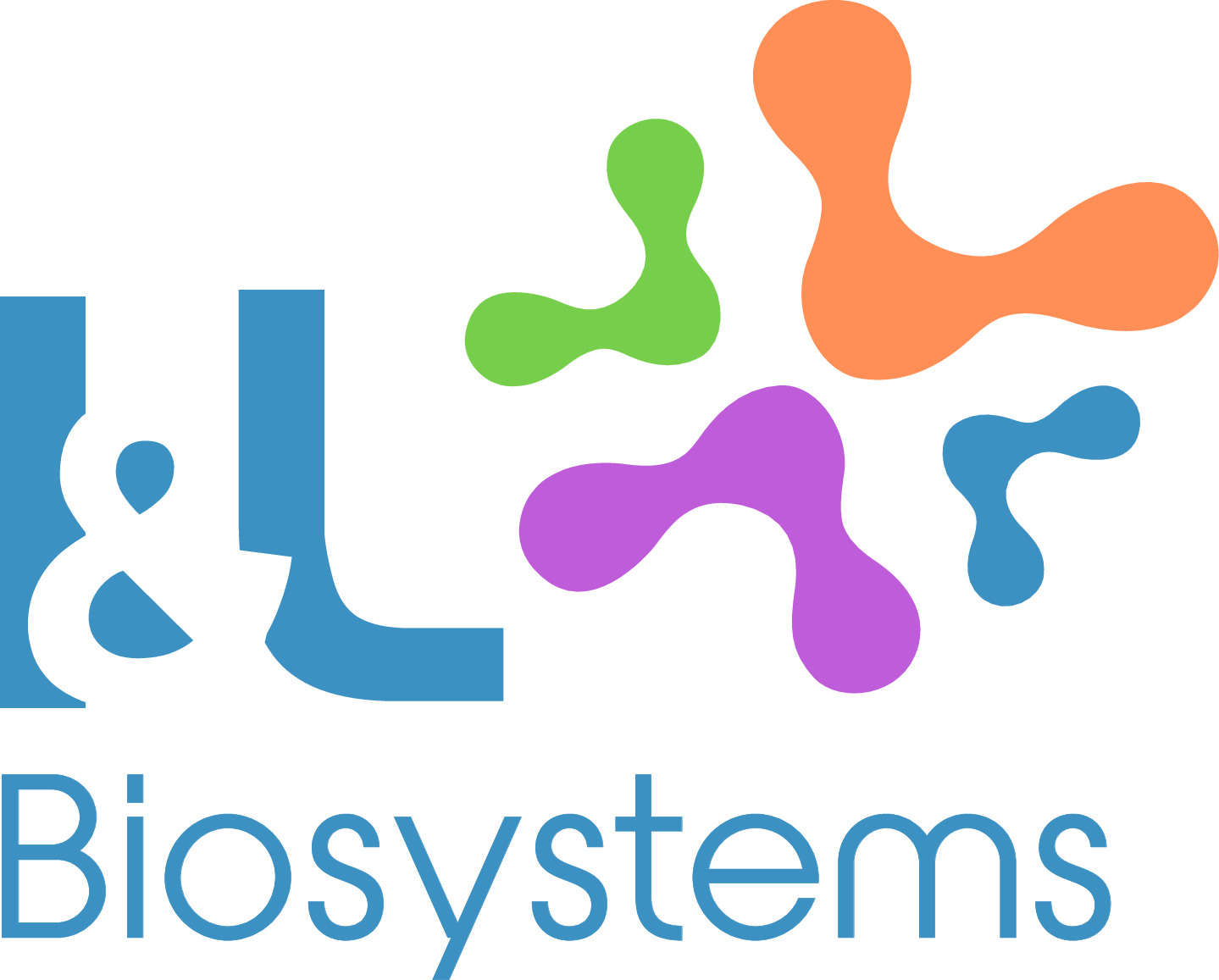
PLENARY KEYNOTE: ADAPTING TO GLOBAL DEMANDS AND EVOLVING PIPELINES
プレナリー基調講演:世界的な需要への適応と進化するパイプライン
CMC Strategies for Diverse Pipelines and Complex Modalities
 Christian Hunzinger, PhD, Senior Director and Head, CMC Development Proteins, ADCs and Chemical Entities, BioNTech
Christian Hunzinger, PhD, Senior Director and Head, CMC Development Proteins, ADCs and Chemical Entities, BioNTech
Biopharmaceutical treatment paradigms are shifting from monotherapy towards multi-target approaches with complex multimodal entities. This complexity also translates into increasingly complex CMC development and manufacturing strategies. The talk will provide a general overview on recent developments, challenges, and opportunities, along with examples from various stages of the CMC development lifecycle.
Enhancing Process Development: Balancing Yields with Downstream Efficiency and Emerging Technologies
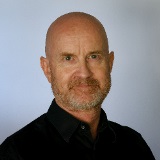 Oliver Kaltenbrunner, PhD, Scientific Director, Process Development, Amgen Inc.
Oliver Kaltenbrunner, PhD, Scientific Director, Process Development, Amgen Inc.
Explore the evolving landscape of process development, emphasising the critical balance between maximising yields and optimising downstream processing. This presentation will delve into the impact of upstream processes on primary recovery, integrating cutting-edge technologies like Process Analytical Technology (PAT), advanced modelling, and artificial intelligence. Supported by real-world examples, we'll examine how these innovations are reshaping process efficiency and performance in the industry.
12:20Session Break
12:30Sponsored Presentation (Opportunity Available)
13:00Networking Lunch in the Exhibit Hall with Poster Viewing

14:00Close of Cell Therapy CMC and Manufacturing Conference
* 不測の事態により、事前の予告なしにプログラムが変更される場合があります。
アジェンダ・講演者・スポンサー更新
